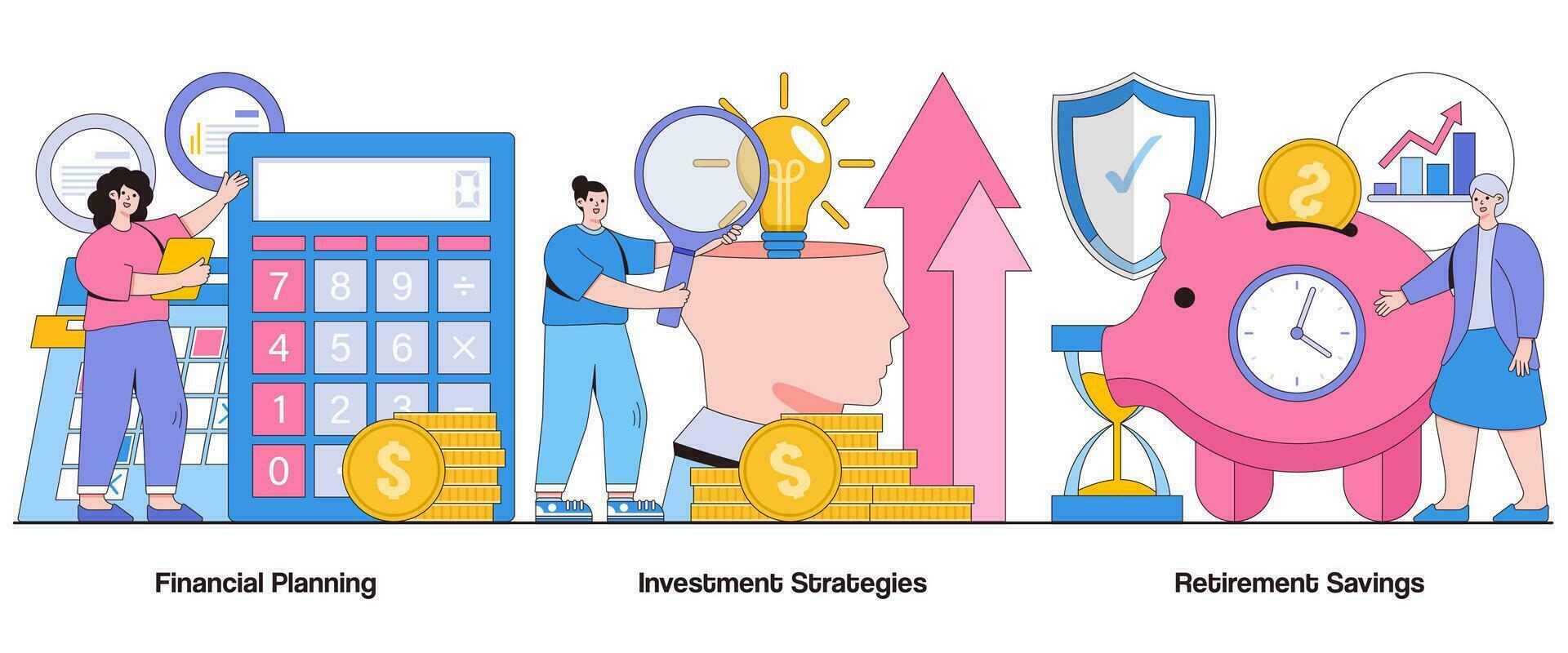Entering the world of investing can seem overwhelming—responsible choices today can set the stage for financial freedom tomorrow. This beginner-friendly guide explores where to invest your money in 2025, highlighting options suitable for new investors and moderate risk profiles.
1. Start with a Strong Foundation: Emergency Fund & Debt Clearance
Before investing, ensure two key financial bases are covered:
- Emergency Fund: Aim for at least 3–6 months of living expenses in a liquid account, safeguarding you from unforeseen expenses.
- High-Interest Debt: Prioritize paying off credit cards or high-interest loans. Investments can’t outperform sky-high debt interest!
2. Define Your Investment Goals & Time Horizon
A clear investment plan starts with knowing your WHY and WHEN:
- Are you saving for retirement in 30 years?
- Planning a house purchase in 5 years?
- Building wealth passively?
Your goals affect which investment vehicles fit your profile.
3. Understand Risk Tolerance: The Foundation of Your Portfolio
- Conservative: Lower risk, lower returns—favored by retirees or risk-averse individuals.
- Moderate: Balanced between safety and growth—ideal for many beginners.
- Aggressive: Higher risk and higher return potential—but can lead to greater volatility.
2025’s moderate investing focuses on balance: growth without excessive exposure.
4. Diversify Across Investment Categories
Smart investing means not putting all your eggs in one basket. Here’s a roadmap:
A. Renda Fixa (Fixed Income)
- Government Bonds: Swap between national and inflation-linked bonds.
- CDBs, LCIs/LCAs: Bank-issued bonds with potentially higher yields and some protection.
B. Equities (Stocks / ETFs)
- Individual Stocks: High growth potential, but riskier and require more research.
- ETFs: Instant diversification (e.g., S&P 500, total-market ETFs); great for beginners.
C. Fundos de Investimento
- Balanced Funds: Mix of stocks and bonds.
- Index Funds: Passive, diversified investments with lower fees.
D. Alternative Assets
- REITs (Real Estate Investment Trusts): Invest in property without owning it.
- Commodities: Gold or silver for long-term hedging.
5. Consider Tax-Efficient Accounts
- Retirement Accounts (IRA, 401(k), or local equivalents): Offer tax advantages—check your country’s specific plans.
- Tax-Loss Harvesting: Offset gains by selling losing investments.
- Long-Term Capital Gains: Often taxed more favorably—hold assets for 1+ year.
6. Dollar-Cost Averaging (DCA): Invest Consistently Without Timing the Market
Rather than investing a lump sum, consider spreading your investment over time (e.g., monthly or weekly). This can buffer volatility and reduce emotional decision-making, especially in turbulent 2025 markets.
7. Keep Fees Low: Fees Can Erode Returns
Choose low-cost investment options:
- Favor index ETFs over high-fee “actively managed” funds.
- Avoid frequent trading to minimize costs.
- Assess broker platforms: low commissions, reasonable inactivity fees.
8. Rebalance Regularly to Maintain Your Risk Level
As markets move, your allocation might drift. Check your portfolio every 6–12 months to realign with your intended mix of stocks, bonds, and cash.
9. Stay Informed on Market Trends & Innovation
- Technology & ESG: Tech growth and sustainable investing are still trending.
- Global Rebalancing: 2025 may offer international opportunities as emerging markets evolve.
- Interest Rates & Inflation: Central bank policies may impact the fixed income portion of your portfolio.
10. Track & Learn: Build Knowledge Along the Way
- Use dashboards (e.g., brokerage apps, spreadsheets) to monitor portfolio performance.
- Financial News & Newsletters: Stay updated (e.g., The Economist, Morningstar).
- Continuous Learning: Invest in your financial education—books, courses, and podcasts sharpen your edge.
